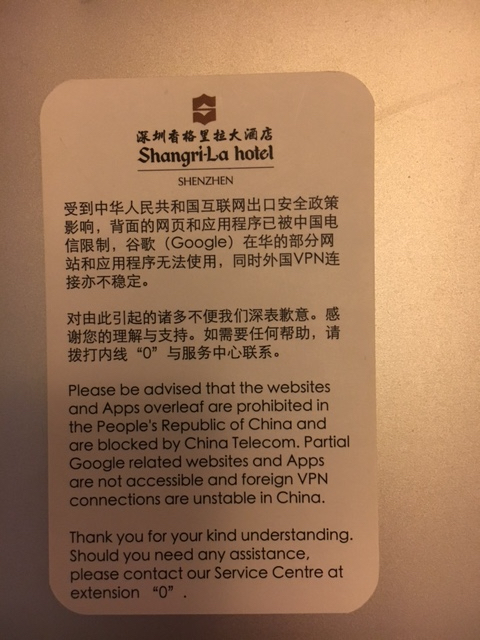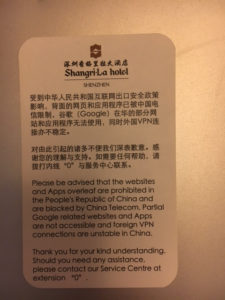The strange haunted restaurant of Quanzhou, China
Every year I write about an international topic for Halloween, whether it be the supernatural in China or the mystery ship Baltimore. What’s interesting is that I receive more messages about these posts than all other posts on the blog combined. I’ve heard from an Indigenous descendant of a key figure in a windigo murder in northern Canada, and the family members whose ancestor was the captain of the Baltimore. I’ve heard from someone who wrote a song about the Marysburgh vortex and – which made me truly happy – artists, screenwriters and novelists who said that my post had inspired their work. Today I want to talk about a strange house in China, and a haunting song.
Quanzhou is a smaller city in Fujian, China, on the coast directly across the strait from Taiwan. And in this city – according to my Chinese friend (who is also my tutor) who lives there – there is one house which is perhaps five centuries old, if not even older. During the cultural revolution many old homes surrounding it were demolished. But not this one. It always had a bad reputation. One of the many stories that local people told about this building was that years ago – after the house had already been long abandoned – someone purchased the home and moved in. Their first night they lay down to sleep, and when they woke up the bed had been turned 180 degrees. They promptly left, and the house sat empty again for many years, before the government claimed it, and gave it to new owners.
What happened next is stranger than any of the odd tales that the locals told about the place. The new owners sensed a business opportunity, because everyone in the community was curious to explore this space. So they opened . . . a hamburger restaurant. Why? They had guessed right, and for a short time people flocked to the space, including my friend. Everyone wanted to be able to see what the inside of this ghost house looked like. Except that hamburgers aren’t that popular in China, and they weren’t very good anyway. So people would come once or twice and not return. And the restaurant failed. And then this large three story house lay empty again.
Yet another enterprising mind decided to take advantage of the houses’ reputation. But this time it wasn’t an individual, but rather a corporation that owned a chain of Indonesian restaurants. This was a much better choice, because the cuisine was more to the locals’ taste. My friend who also went to the new incarnation of the restaurant said that the local community had many people who had lived in Indonesia for a generation, but then returned to their home city after the end of the cultural revolution. Indeed, many of the houses in the community were built in an Indonesian style during the 1970s. These people came to the restaurant, and noted that the design referenced south east Asia, but also the possible threat from the supernatural.
When you came to the door the handle was said to be the hand of Buddha. So that to enter the space you had to shake the Buddha’s hand. And then inside there were impressive murals of scenes with elephants, which subtly referenced divine protection. People liked this space and the restaurant boomed. It was sited in a good location near the downtown, and the street was lively. The restaurant was a little expensive, but the quality of the food was outstanding. People would return to the restaurant again and again. But then suddenly the entire restaurant chain collapsed. The space was once again abandoned.
My friend said that for a long time the house still frightened locals. According to her, she has a friend who sometimes has to bike down this street by the building. And when she does she bikes to the opposite side of the street every time she passes the ghost house, because she says that the space makes her physically sick. So even now people are intrigued and frightened by this house. I personally think that it would be a great place for a bar with dim lighting, twisted cocktails and bathrooms down a long, dark hall. But there is one last update- my friend visited there once more, and the house has been revamped and reopened once again. And now people are saying that it doesn’t feel haunted anymore. So perhaps the creepy feelings are fading away, and my dream for the bar will never happen. You can see a picture of the house (which my friend just took) below:

Still, if that bar ever opens, I have a suggestion about what song should be played there. In another post (link above) I talked about Pu Songling’s book, Strange Tales from a Chinese Studio. Recently an artist Dao Lang wrote a song based on a story from this book about the Chinese supernatural. According to my friend the Chinese in the song is often archaic and difficult to understand. Certainly I can’t understand it, despite being an intermediate Mandarin speaker. She told me not to waste my time trying to decipher the lyrics, which are difficult even for native speakers. Fortunately you can find translations online and on YouTube.
The song has a bouncy pop beat, and a sarcastic take. You can find it on Spotify if you search for Dao Long (罗刹海市 or Rakshahai city). The first two words in the title refer to a luo2 cha4, which is a demon in Buddhist belief. The next two words are hai3 shi4, which means mirage. The cover art for the song shows a historic Chinese scene at night, with a dragon flying above. This image isn’t so different from the historic (1886) art that decorates the Penguin translation of Pu Songling’s classic book. According to Andrew Methven at the Slow Chinese newsletter (I am on the site’s email list, and my friend/tutor says that the full service is really valuable for Mandarin learners) the song is a cynical take on the music industry. So a story first published in 1788 perhaps is being used to critique commercialized Chinese music in 2023. Or one particular music judge (Na Ying), depending upon whom you believe. Whether it’s a historic house or an eighteenth century ghost story, the past can critique commercialism or be commercialized.
I believe that all ghost stories are ultimately about memory.
As always, if you are in the United States and Canada, where you are taking out children to trick or treat, please remember glow sticks and reflectors. And if you are driving please go extra slow for all the little ghouls.
Shawn Smallman, Halloween 2023



